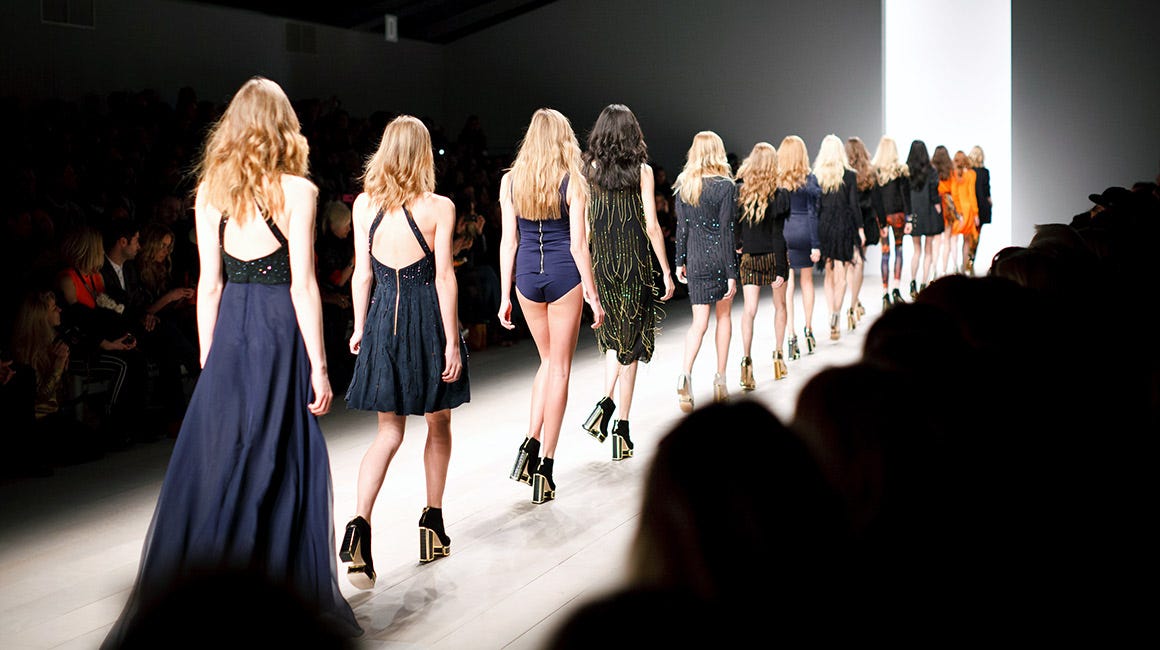
Europe, the world's leading apparel importer, is experiencing a dynamic shift in its consumption patterns and sourcing strategies. This transformation is driven by numerous factors, including changing consumer preferences, sustainability concerns, and evolving supply chains.
A conscious shift in consumption
The European apparel market grew 6.75 per cent annually between 2017 and 2022, reaching €191.4 billion in 2022 as per CBI. However, the volume of imports stagnated, indicating a shift towards quality over quantity.
Consumers are increasingly prioritizing sustainability, ethical production, and longevity in their clothing choices. As per McKinsey 63 per cent European consumers say they consider sustainability when buying clothes. This is reflected in the rise of second-hand clothing, rental services, and brands focusing on eco-friendly materials and fair labor practices. This trend is also evident in the growing demand for organic cotton, recycled materials, and transparent supply chains. For example, Patagonia, a US-based outdoor apparel brand, witnessed a 130 per cent increase in sales in Europe between 2016 and 2020, attributed to its commitment to environmental activism and product durability.
In fact, consumers prioritize experiences and seek versatile, multi-functional garments over excessive purchases. The concept of ‘fast fashion’ is waning, replaced by a focus on quality, versatility, and timeless pieces. Consumers are investing in fewer items that they can wear for longer periods, contributing to a rise in the ‘slow fashion’ movement.
Buying behavior transformation
Online shopping platforms and personalized recommendations are shaping consumer behavior. As per Eurostat, online shopping continued to grow, reaching 34 per cent of total apparel sales in 2022.
Shoppers are seeking unique and curated experiences, driving the growth of niche brands and custom-made clothing. Also, DTC brands that offer personalized experiences, catering to specific needs, and bypassing traditional retail mark-ups have seen traction. This shift is impacting both established players and emerging brands. Also, clothing subscription boxes are gaining ground, offering curated styles and convenience. This model caters to consumers seeking variety and hassle-free shopping experiences. The popularity of pre-owned clothing is rising, driven by affordability, sustainability concerns, and the desire for unique pieces. This trend is creating new business models and impacting traditional retail channels. As Michelle McDermott, a fashion industry analyst at Euromonitor International says, "Consumers are no longer just buying clothes, they are buying into a brand's values and story."
Category-specific trends
Men's Wear: Focus on comfort, athleisure, and casual styles. Growing demand for ethical and sustainable brands.
Women's Wear: Personalization, inclusivity, and a mix of comfort and statement pieces. Sustainable materials and vintage styles gaining ground.
Kidswear: Emphasis on functionality, durability, and eco-friendly materials. Growing popularity of gender-neutral clothing.
Knitwear: Sustainable materials like organic cotton and recycled wool are preferred. Demand for versatile and timeless pieces is increasing.
Denimwear: Shift towards more sustainable production methods and vintage-inspired styles. Consumers are seeking higher-quality denim that lasts longer.
Outerwear: Functionality and weather protection remain key, but sustainability and ethical sourcing are becoming increasingly important. There is growing demand for functional, weather-resistant pieces with sustainable features.
Segmentation trends
Premium consumers seek quality, craftsmanship, and ethical production, but may prioritize value during economic downturns. For value consumer price sensitivity increases, but demand for ethical practices persists, leading to a rise in "affordable sustainability." Second-hand and rental segment sees exponential growth, appealing to budget-conscious consumers and sustainability advocates. Overall, while the premium segment remains resilient, value-conscious consumers are driving demand for affordable, ethically made clothing. This is creating opportunities for brands that offer sustainable and quality products at accessible price points.
What the future holds
The European apparel market is expected to continue its transformation, with sustainability, digitalization, and personalization playing key roles. Consumers will be increasingly conscious of the impact of their choices, favoring brands that offer ethical and environmentally friendly products. Direct-to-consumer models, subscription services, and second-hand platforms are likely to gain further traction. Segmentation will become more nuanced, catering to diverse consumer preferences and values. By adapting to these shifts and embracing innovation, brands can thrive in this evolving landscape.












